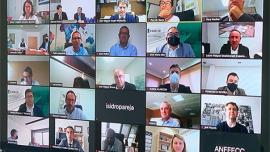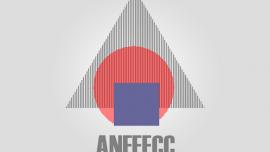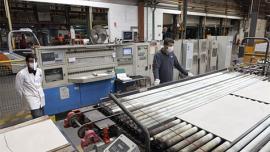Be the first to know!
Get the most useful and interesting news from the global ceramic industry in your inbox every two weeks
Recent articles
Ceramic World Review 162/2025
Jul 11, 2025
China’s tile industry and market continue to decline
Jul 11, 2025
Chinese tile exports fall to 600 million sqm
Jul 11, 2025
Florim releases its 17th Sustainability Statement
Jul 10, 2025































